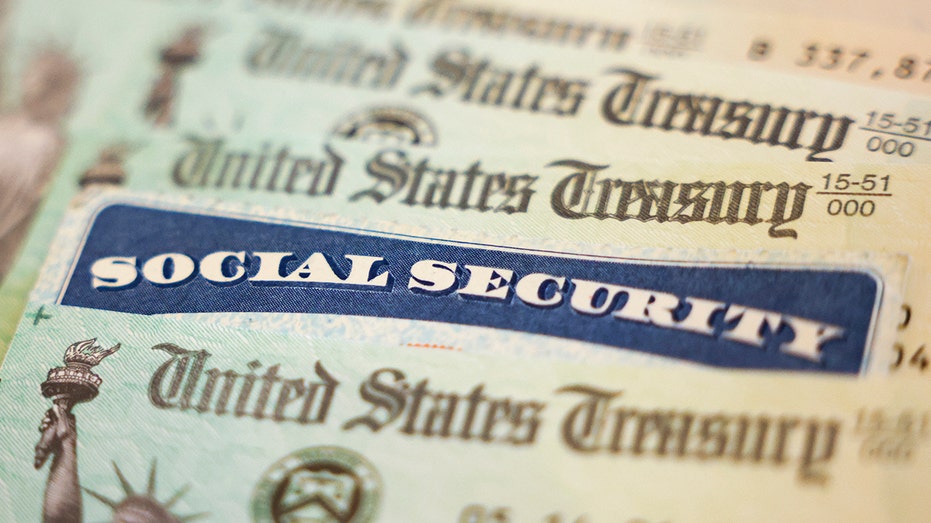Inflation could mean highest Social Security cost-of-living adjustment since 1981
Social Security recipients have lost 40% of their buying power since 2000
BofA strategist: Energy market 'great inflation play,' 'stay away' from consumer stocks
Bank of America Securities head of U.S. equity and quantitative strategy Savita Subramanian details which stocks are helped, or hurt, by inflation.
Social Security recipients are on track to receive the biggest cost-of-living raise in four decades as white-hot inflation rapidly shrinks the buying power of retired Americans.
The Senior Citizens League, a nonpartisan group that focuses on issues relating to older Americans, estimated the adjustment could be as high as 8.6%, based on May inflation data, which showed that consumer prices soared 8.6% from the previous year, the fastest year-over-year jump since December 1981.
'UGLY' INFLATION REPORT COULD PUT FED RATE HIKE OF 75-BASIS POINTS ON THE TABLE
The annual Social Security change is calculated based on the Consumer Price Index for Urban Wage Earners and Clerical Workers, or the CPI-W, which jumped 8.6% over the past year.
Should Social Security beneficiaries see an 8.6% increase to their monthly checks next year, it would mark the steepest annual adjustment since 1981, when recipients saw an 11.2% bump. The COLA prediction for 2023 from the Senior Citizens League previously is unchanged from April.

In this photo illustration, a Social Security card sits alongside checks from the U.S. Treasury on October 14, 2021 in Washington, DC. ((Photo illustration by Kevin Dietsch/Getty Images) / Getty Images)
The Social Security Administration will release the final adjustment percentage in October.
The estimated figure could still be subject to change and ultimately hinges on whether inflation has peaked or will continue to rise. Both the April and May inflation reports came in hotter than expected, underscoring just how strong inflationary pressures in the economy still are and indicating that consumer prices will be painstakingly slow to normalize.
The average benefit in 2022 jumped by 5.9%, which amounted to a monthly increase of $92 for the average retired American, bringing the full amount to $1,657, the Social Security Administration announced last year. But soaring inflation has already eroded the entirety of the increase, with recipients losing 40% of their buying power since 2000, according to calculations by the Senior Citizens League.

A man shops at a Safeway grocery store in Annapolis, Maryland, on May 16, 2022, as Americans brace for summer sticker shock as inflation continues to grow. ((Photo by JIM WATSON/AFP via Getty Images) / Getty Images)
The average monthly benefit would have to increase by $539.80 in order for retirees to maintain the same level of purchasing power as in 2000.
"Inflation means lower savings and for people who don’t have enough savings, it can mean higher debt," Senior Citizens League analyst Mary Johnson said. "And the interest with rising rates, especially on consumer credit card debt, can be very costly for people living on fixed income and hard to manage when they’re in retirement."
GET FOX BUSINESS ON THE GO BY CLICKING HERE
The group has pushed Congress to adopt legislation that would index the adjustment to inflation specifically for seniors, such as the Consumer Price Index for the Elderly, or the CPI-E. That index specifically tracks the spending of households with people aged 62 and older.





















